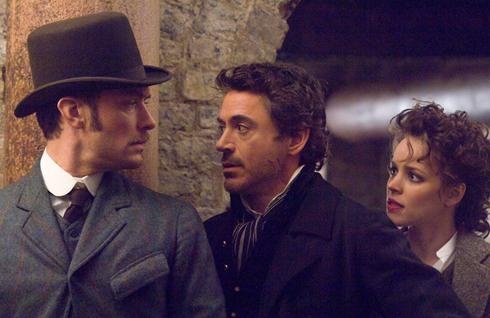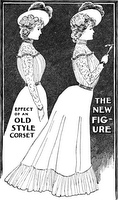
It is interesting to think that by the end of the nineteenth century people were already watching movies. Perhaps not actually going to the cinema, and movies certainly weren’t widespread. But that quickly changed in a handful of years. At the beginning of the next century there were already movie companies, several producers, even theatres completely dedicated to cinema!
There were a lot of inventions that led to this point, and a lot of brilliant minds that contributed – like the Lumière Brothers, Thomas A. Edison, W. K. L. Dickson. Too many to list. At first movies were only considered a reasonably interesting curiosity, and were shown at fairs as just another form of entertainment. This isn’t surprising, seeing as at first “movies” were just a few seconds of, for example, a train arriving at the station, or a boat at the docks. But as they started to evolve to actual stories people started to see them as art and realized how much potential they had.

This is where George Méliès comes in. He lived in France and was one of the first supporters of the Lumière Brothers. There were several great directors doing amazing things, but this man was a magician. Almost literally, as he was an illusionist before he tried film-making. You can imagine the difference that made when he started to make his own movies. He brought a very different perspective to the movie business and can be called a pioneer in the field of special effects.
George Méliès made about 500 movies (not a typo!) although most of them are now lost. The roots of horror and fantasy movies can be traced back to him, genres which were greatly enhanced by the special effects he used. He started many of the techniques used today, but perhaps one of the most impressive was that he hand painted almost every movie of his. Well, not him alone of course. He had an enormous crew that painted every single to create images like the one below.

The first hubs of the cinema business were in the United States, where Edison lived, in France, where the Lumière brothers were, and in Italy. Americans welcomed these innovations quicker than other people, though. That added to World War I and Edison’s control over the industry eventually made Hollywood the main producer of movies of that time. At the beginning of the 1920s, American movie companies were producing over 800 movies a year, which was 80% of the whole industry.
This and some complications over copyright eventually led Méliès to declare bankruptcy in 1923. Charles Pathé (another French producer who owned him a lot of money) took over Star-Films, George Méliès’ company, which made Méliès burn most of his films’ negatives in a rage. That (and time) is why we only have around 100 of his movies nowadays.
Still, his work laid the groundwork to many of the techniques we see today, whether in special effects, filming or editing. Just think: now we are used to jump cuts and parallel scenes. But at the time, the first movie that did it was received with some confusion. People weren’t used to think that both scenes were happening at the same time and in different places. Film is everywhere now, but when it first showed up people weren’t used to seeing moving images. It must have looked like magic.
If you’re interested in George Méliès I suggest you read the book “The Invention of Hugo Cabret” by Brian Selznick, and watch the movie adaptation “Hugo” by Martin Scorsese. The same director has made a documentary about the history of American cinema: “A Personal Journey with Martin Scorsese Through American Movies” (and its companion “My Voyage to Italy” about Italian cinema). It runs for 4 hours, but if you would like to know more about many aspects of cinema, it’s a great documentary.


